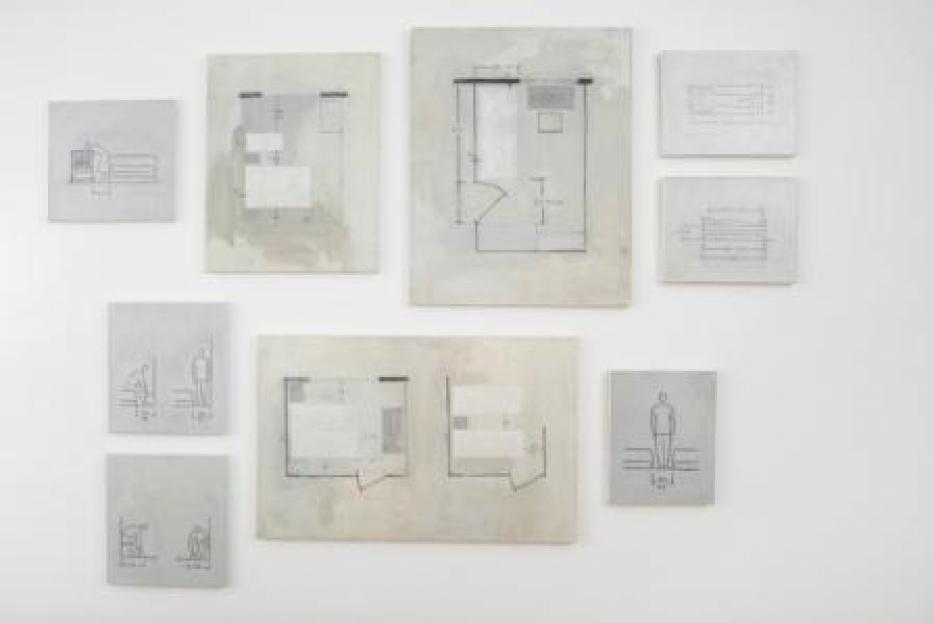
The architecture of Soviet modernism is closely connected to the
avant-garde of the 1920s and the traditions of the Bauhaus.
This exhibition examines its heritage, focusing on the Soviet city
as a representation of a new society through utopian projects and buildings
inthe USSR. More than 600 masterpieces and little-known architectural
monuments of the former Soviet republics are presented in the form of
photographs, models and movie excerpts.
It reflects the ideas of Soviet social structures, with their emancipatory
ideals, but does not lose sight of the repression inherent in the idea of building for a new way of life.
Certain types of building and architectural concept still form the
appearance of many cities in the former USSR. Now a new generation of architects is speaking out to preserve and reassess them.
This project is the result of research by an international team of
curators. As well as presenting themes related to Soviet modernism, it also encompasses contemporary artists of various generations.
This exhibition examines its heritage, focusing on the Soviet cityas a representation of a new society through utopian projects and buildingsinthe USSR. More than 600 masterpieces and little-known architecturalmonuments of the former Soviet republics are presented in the form ofphotographs, models and movie excerpts.
It reflects the ideas of Soviet social structures, with their emancipatoryideals, but does not lose sight of the repression inherent in the idea of building for a new way of life.
Certain types of building and architectural concept still form theappearance of many cities in the former USSR. Now a new generation of architects is speaking out to preserve and reassess them.
This project is the result of research by an international team ofcurators. As well as presenting themes related to Soviet modernism, it also encompasses contemporary artists of various generations.
119049 Moscow, Russian Federation